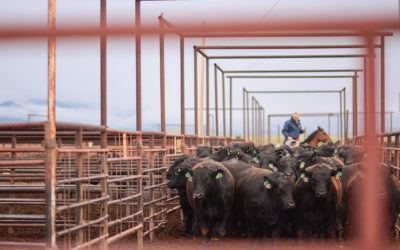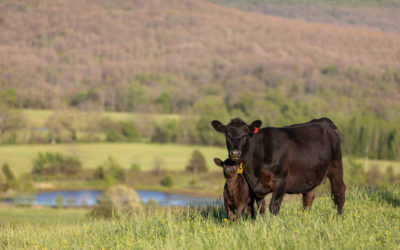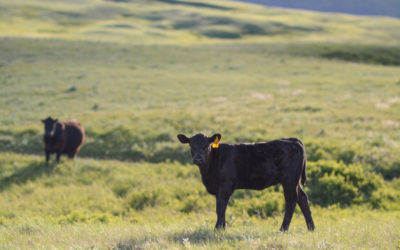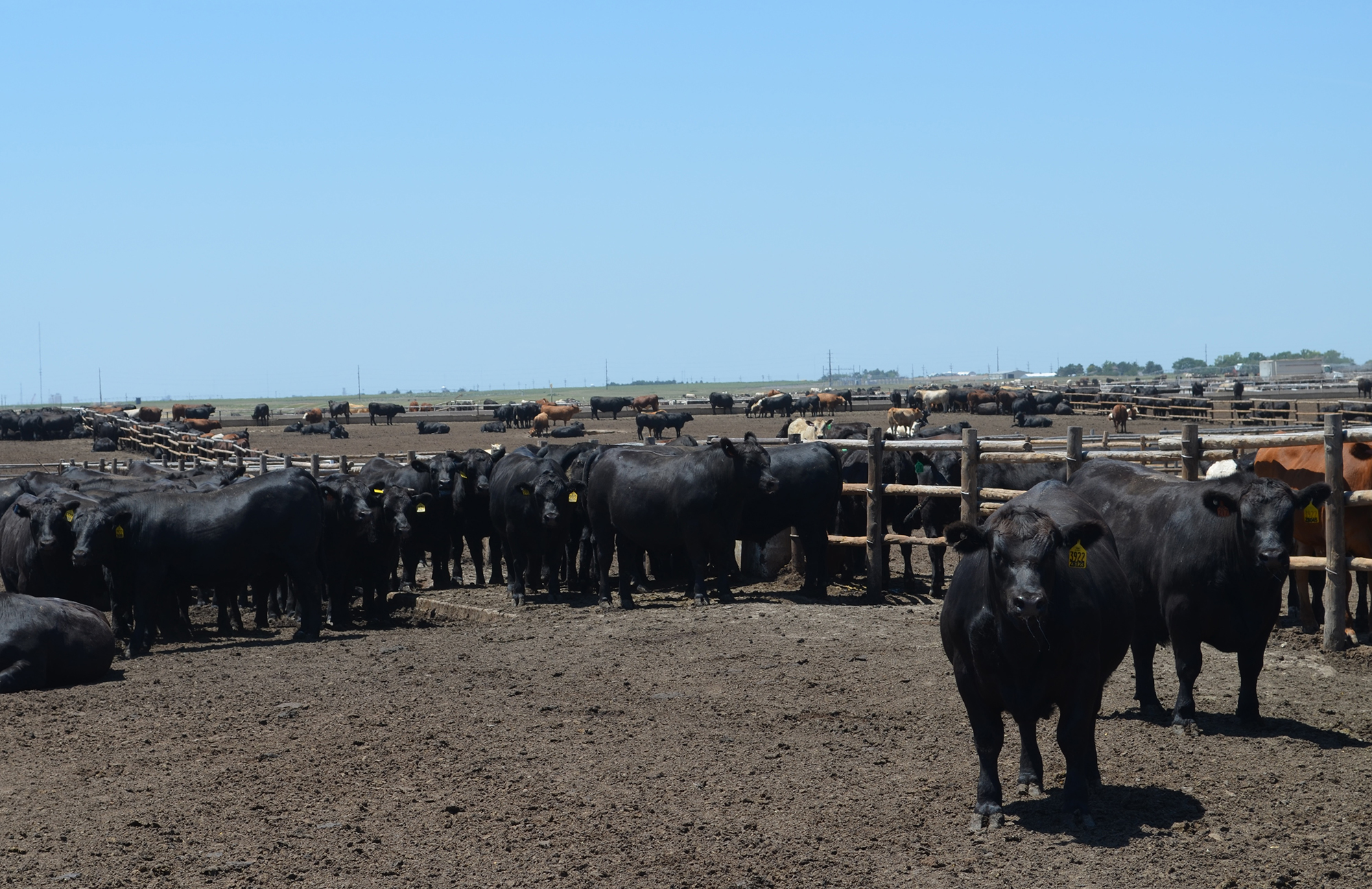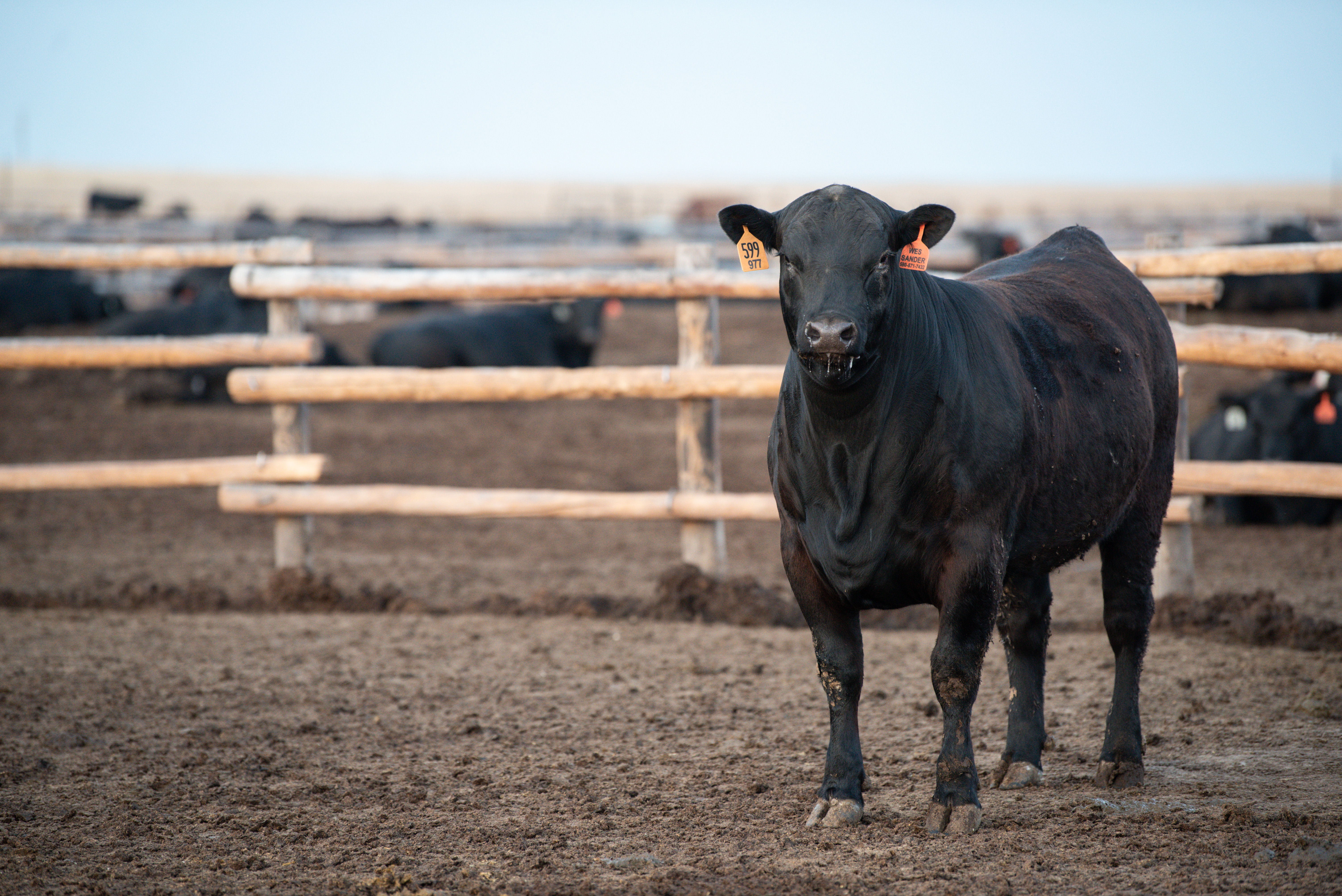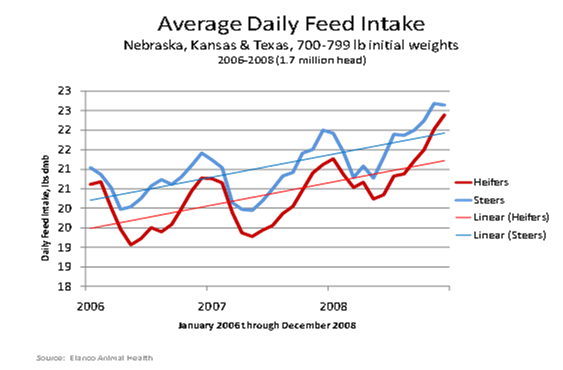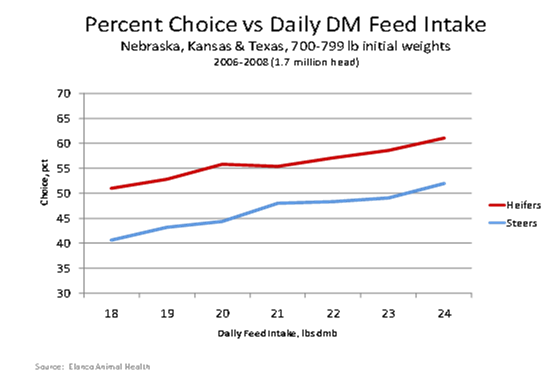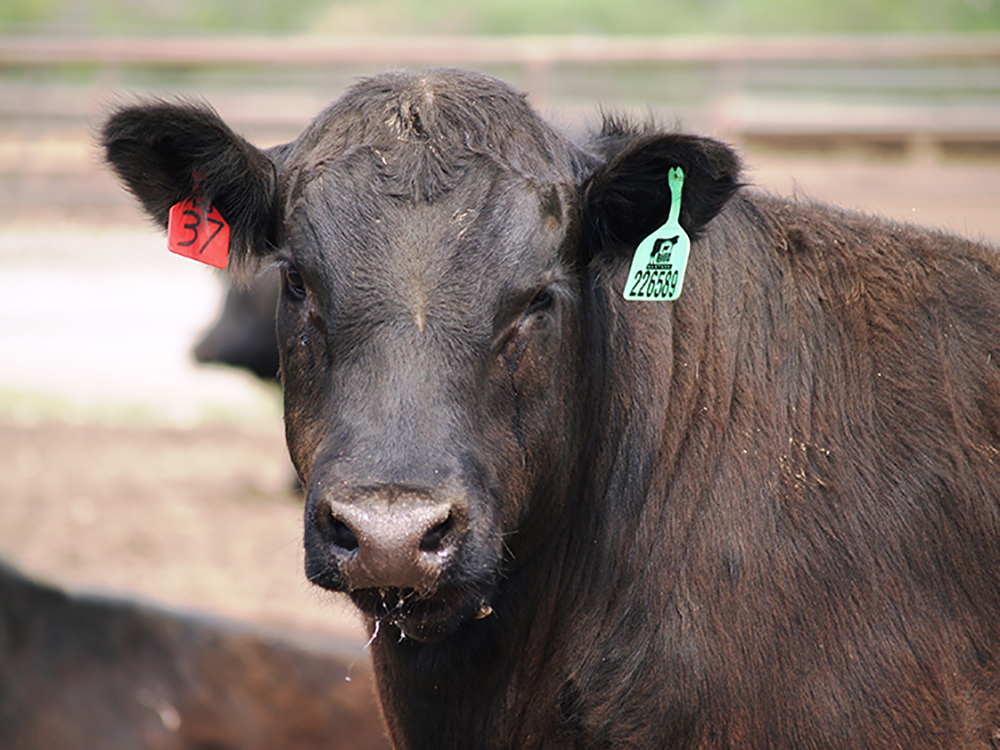
Time tested
by Miranda Reiman
We’ve dubbed it the “smiling house.”
On my family’s regular route through the Sandhills, there’s a lonely old place, rain and time have left the wood devoid of color. Yet, with its classic, square farmhouse design—and a little imagination—its two upstairs windows make eyes. It sags so much that the porch looks like it’s turned up in a smile.
Every time we pass the “smiling house,” I do the opposite, however. There are no signs that anybody has cared about the place in quite some time, but I can’t help thinking about a time when someone did. “That was somebody’s dream, somebody’s hope,” as the old Tracy Byrd song goes. “They had big plans, they had no doubts.”
We always wonder when we’ll drive past and find it’s disappeared into the sea of grass, either due to Mother Nature or management.
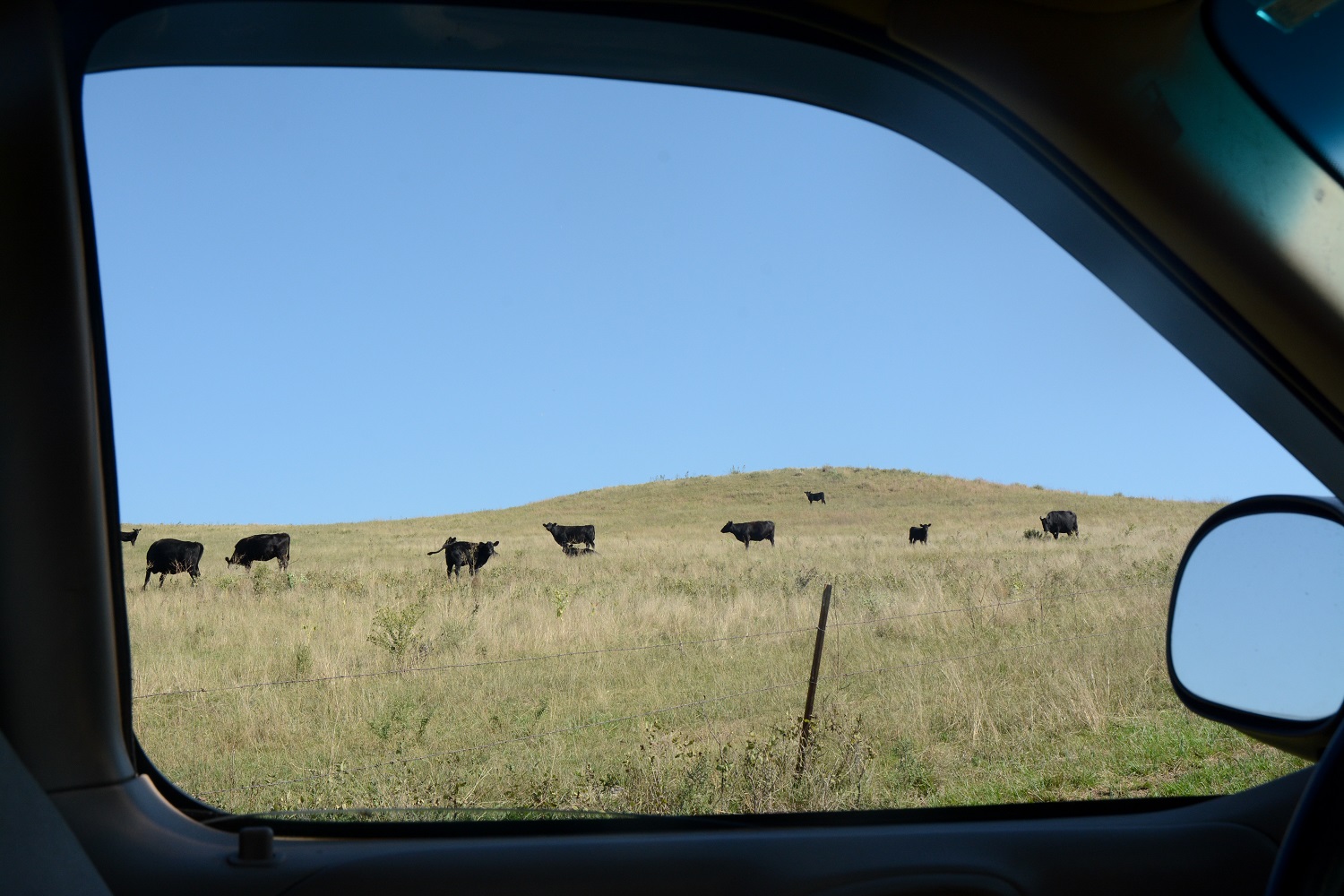
Of course, it could be they have a bigger, nicer place more suitable for ranch headquarters, or dozens of other explanations, but my mind often settles on the depressing thought that perhaps that operation didn’t survive a ’50s drought or the ’80s Farm Crisis.
A little way down the sparse highway, I see a ranch that probably dates back to the same period, but it’s a starkly different picture. The well-kept house could look much like it did new, perhaps 100 years ago. There’s a bustle of activity around the place, with evidence that the people living there grow everything from tomatoes and cucumbers to kids and cattle.
As I travel past slices of the country with a past I know only in general, I often wonder about their specific history. What could we learn from the places that failed and the ones that flourish?
Sometimes I’m lucky enough to learn those stories.
Earlier this summer, I sat down with two different cattle feeders. One male, one female. One 96, one close to 80. One in Nebraska, one in Colorado. One large scale, one small. There were many differences in their journey, but also many similarities of how one ends up looking back on a career in agriculture with collectively more wins than losses.
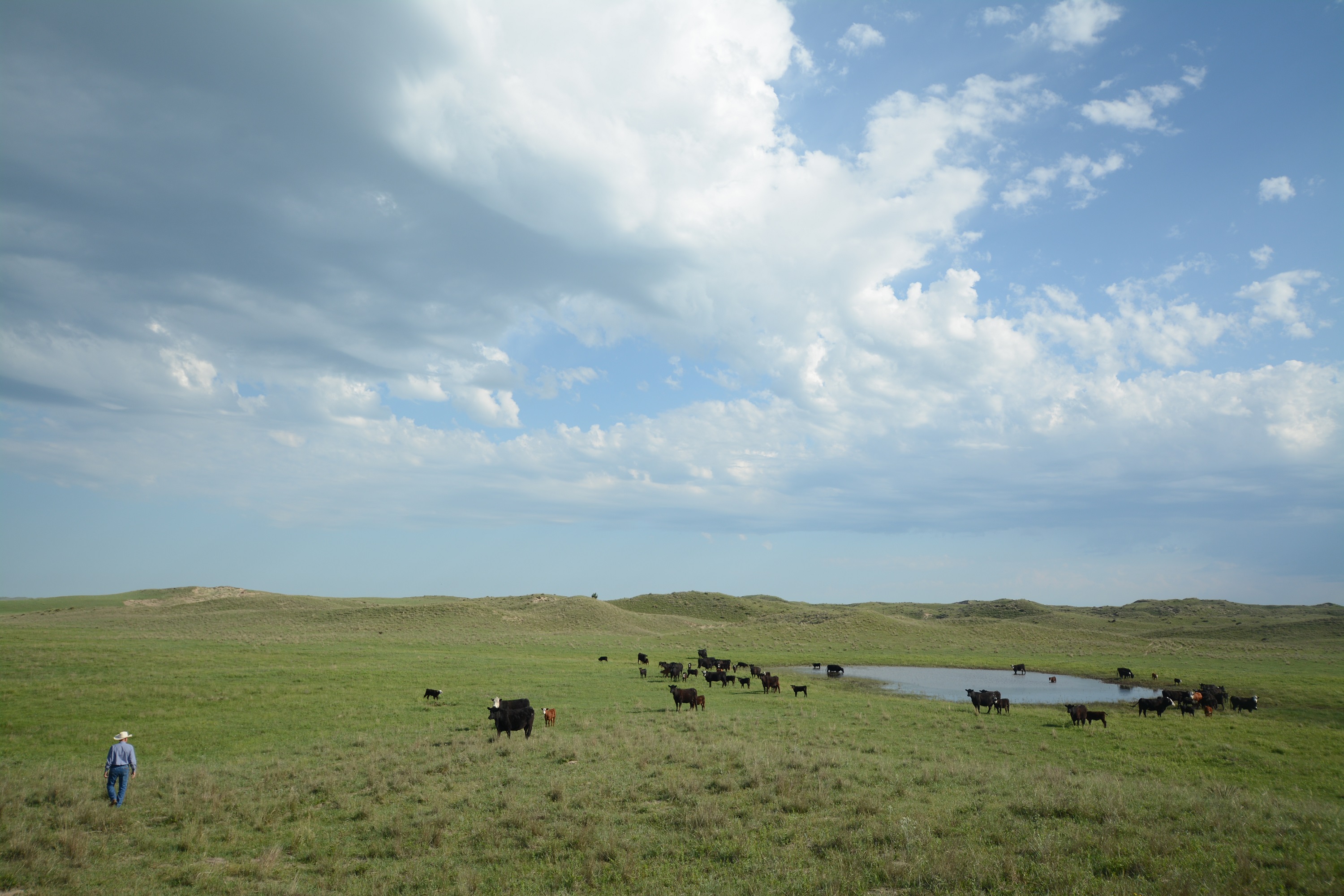
Here are a few pearls of wisdom:
-
- Work hard, spend wisely. “First, you’re so busy trying to make a living, you haven’t got time to wonder what’s going to happen in the years to come,” one said. They both talked about the physical labor and mental energy it took building their businesses. They still practice frugality. “Keep enough reserves that you know you’re going to weather a storm,” said the other.
- Challenges aren’t something to fear, but rather something to learn from. “Some of those are good because it will humble you. You get to going along pretty good and you get to feeling pretty good about yourself and you get in one of those and you’ll get a little humility back,” said the cattleman.
- Embrace technology. An adding machine and typewriter have given way to the computer, “but that’s progress; and we’re always for progress, really. Not progress for itself. Not progress because the neighbors have it,” she said. “Progress, that it will fit your business and be profitable in your business.
- Remember your buyer. “If you give them what they want, you can rest assured you’re going to have a profit.” Both feeders have watched quality grades increase and consumer demand follow suit. “You’ll be rewarded for your work. It’s easier to go downhill than it is to push something uphill.”
I’ll be smiling at the gems I picked up from these seasoned producers, long after that landmark house falls into a final frown.
May your bottom line be filled with black ink,
Miranda
You may also like
Beginning again
Life is about phases. Some occur just once and some are on repeat. We tend to spend a lot of time and energy trying to build momentum to summit the final arc of a cycle. When it ends, space is created for something new to start, and off we go again.
Lifelong learner
Perhaps the hardest lesson I’ve learned is this: learning is a daily chore. After all, learning is a lifetime process. It’s easier when motivated, but sometimes it takes discipline and a little conversation.
Cultivating growth
Humans have a built-in desire to grow. But it’s not something that just happens. We must have a curiosity about us – a will and work ethic for the growing.

